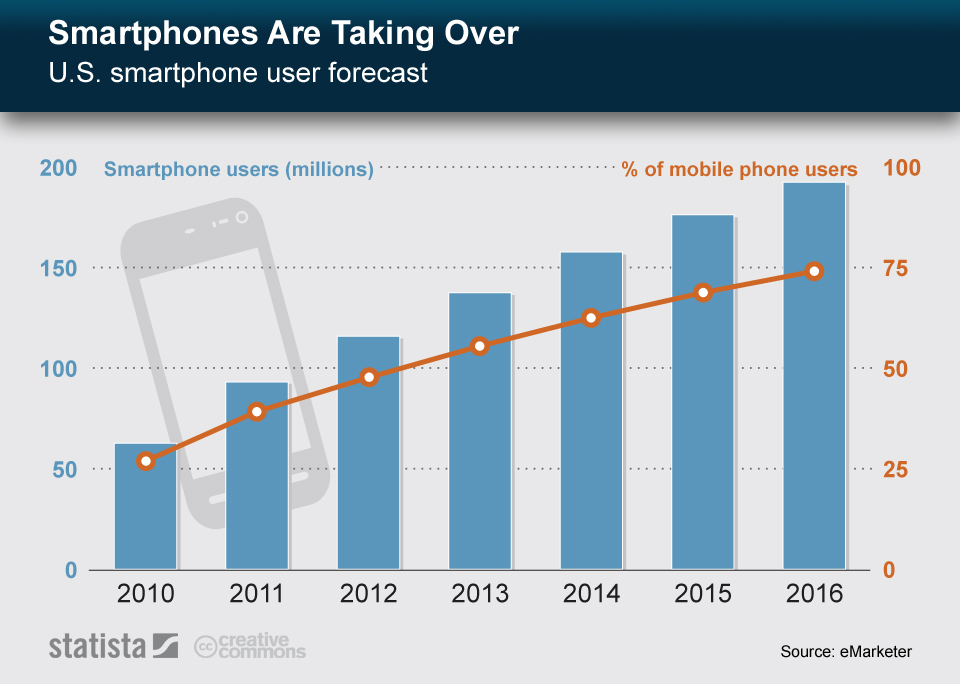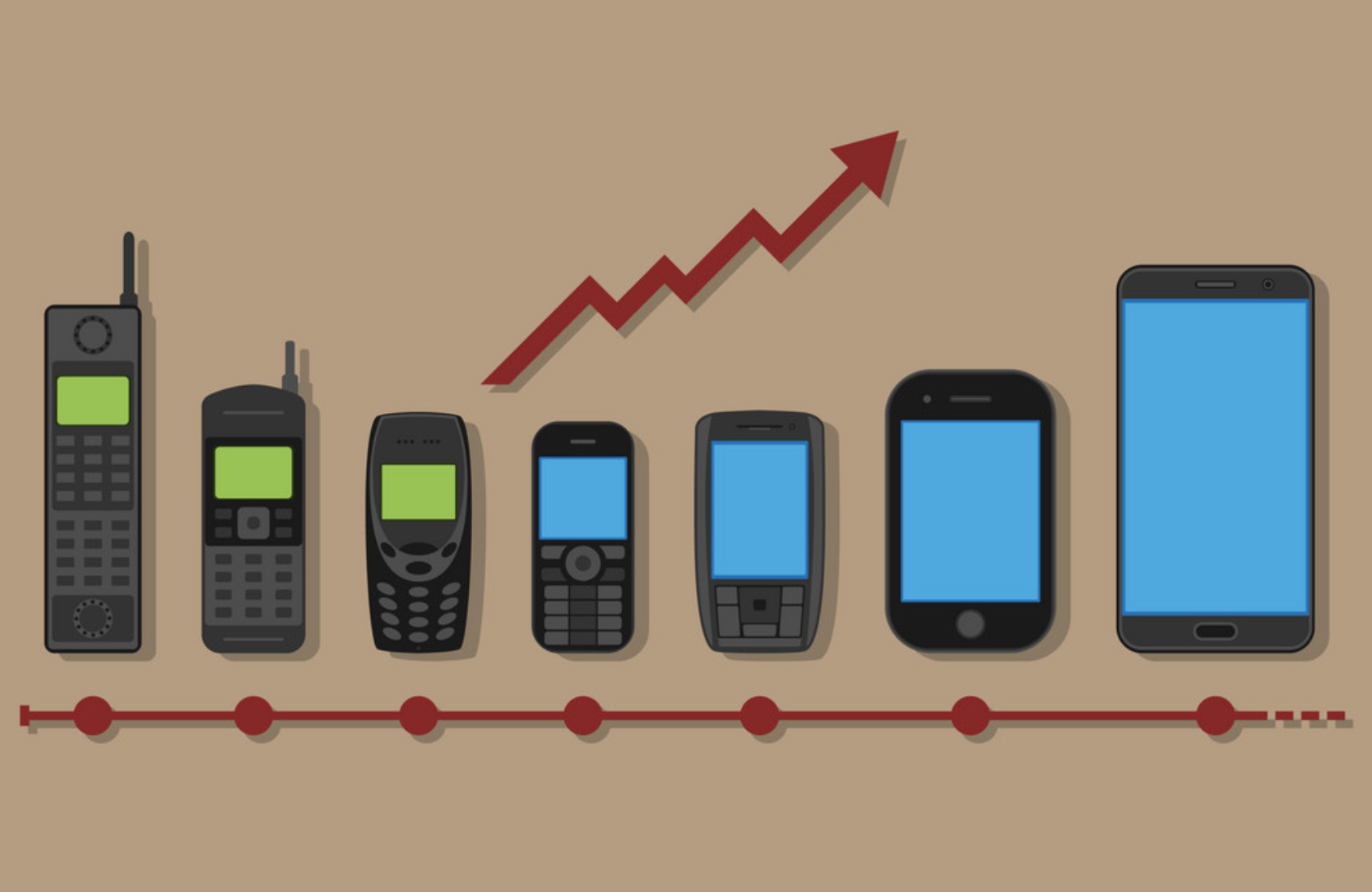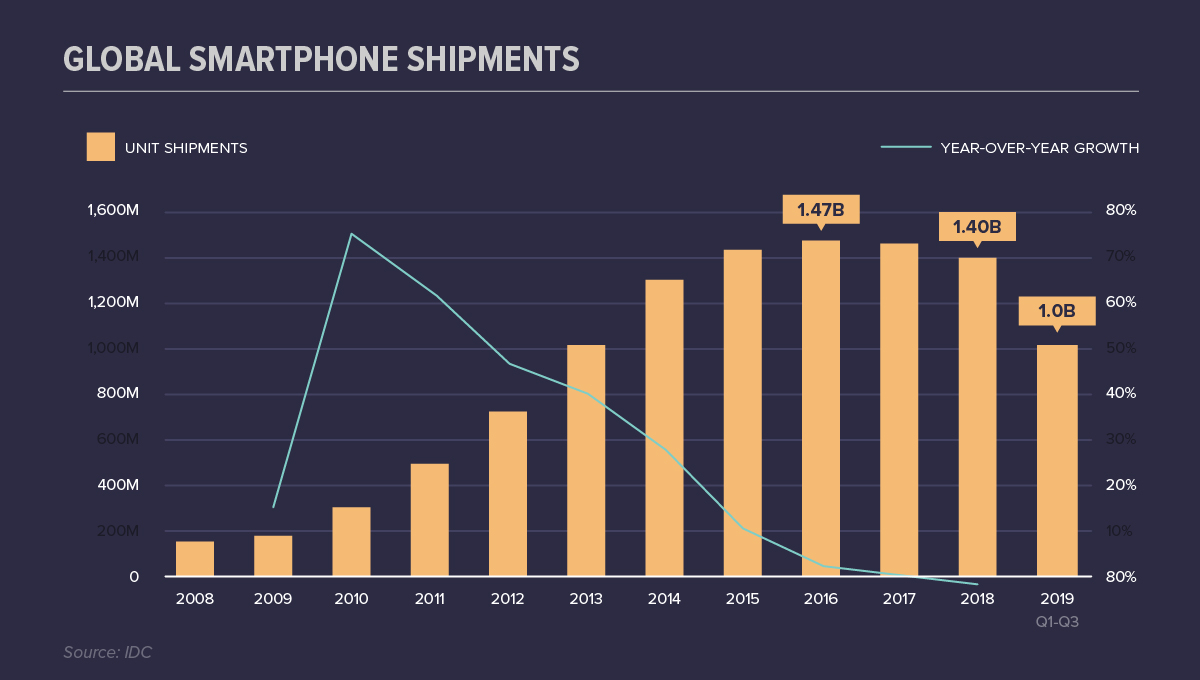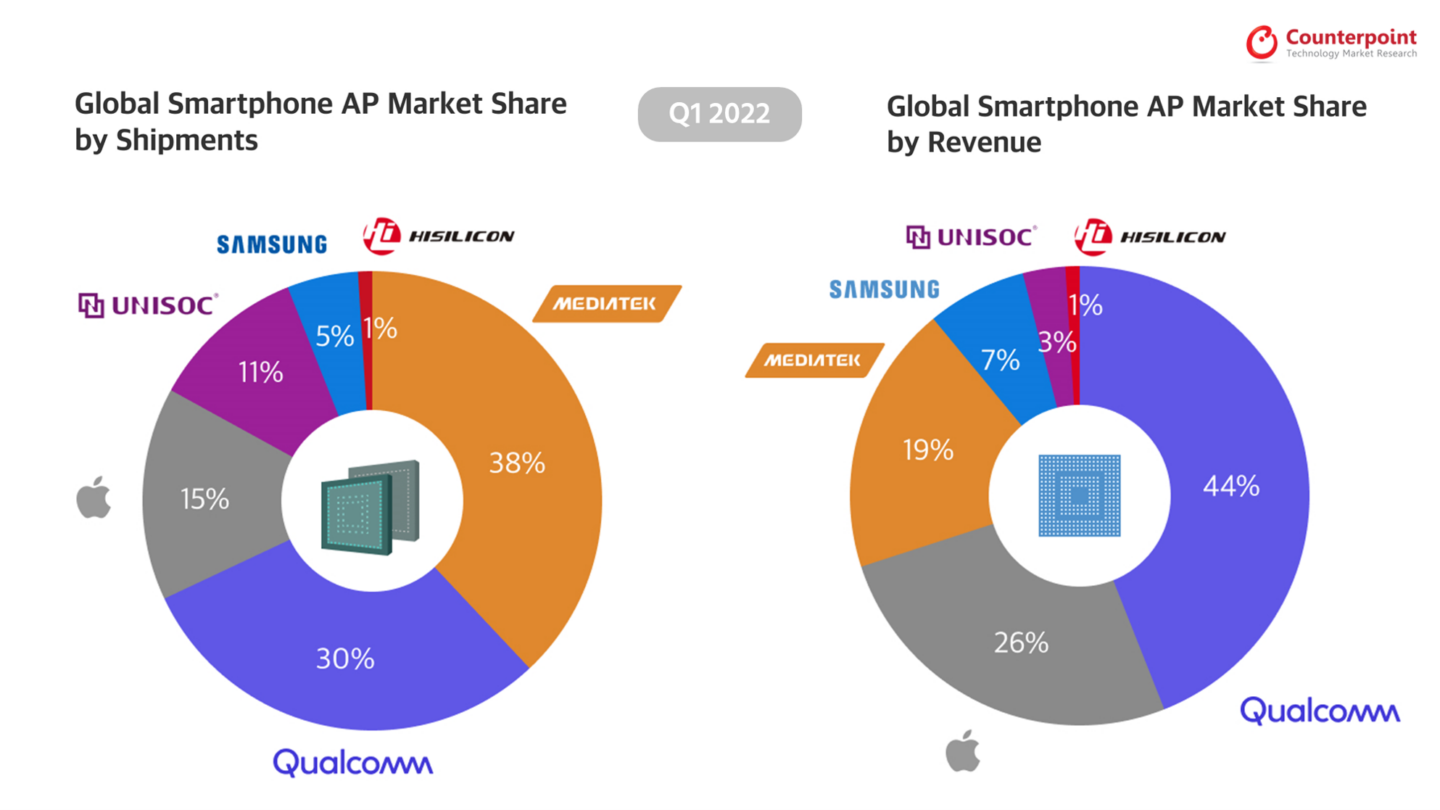
What actions do consumers take when they feel like buying something? In many cases, you will want to know more about the object and will take some action to collect information.
Hakuhodo conducted a survey to find out what tools people choose to gather information about things they want to buy and how long they use them.

We analyze in detail what consumers go through when shopping, and how that leads to purchase, starting from the actions they take when trying to buy something.
According to research by Hakuhodo, the most common way consumers gather information when purchasing something is through search (60%).

While there are various information gathering sites such as review sites, SNS sites, and video sites, the one that consumers use the most is “search.”
With the widespread use of smartphones, it seems that many people unconsciously research things they are interested in, even if they do not have a strong intention to do so. Then, if you like something, you can immediately purchase it using your smartphone. This new flow of purchasing behavior is collectively referred to as “pulse consumption.”


Pulse consumption: instantaneously searching for something you’re interested in on your smartphone and purchasing it.
The left side of the above diagram shows the “conventional” consumption behavior model, and the right side shows the “pulse type” consumption behavior model.
This figure shows that, unlike the traditional “impulse purchases,” consumers now engage in consumption behavior on a daily basis while using their smartphones.

If people buy things through “search,” what was the specific trigger that led to that search behavior?
We investigated information search behavior when purchasing or applying for goods in categories such as “cars,” “real estate,” “life insurance,” “travel,” and “skin care.” Although search logs remain for each category, why do they do so? It was not possible to obtain common data for all products regarding the triggers that triggered search activity, such as when the user searched for the product. Is it due to “recognition” or “interest” from seeing something somewhere, or is it due to “comparative consideration” with something you already have? Since there are multiple actions that lead to “purchase intention,” it may be difficult to make a clear analysis.
Leverage/summarize pulse consumption for rational business

In order to achieve results in business by utilizing pulse consumption, in which consumers always want something and take consumer behavior while searching on their smartphones, it is necessary to understand the flow of consumers’ “awareness, interest, comparative consideration, and purchase intention.” It is important to grasp it firmly. How can we use mass advertising, SNS, search advertising, and e-commerce sites to encourage “search” behavior and connect consumers to purchasing intent? This will be a major challenge for conducting rational business.





